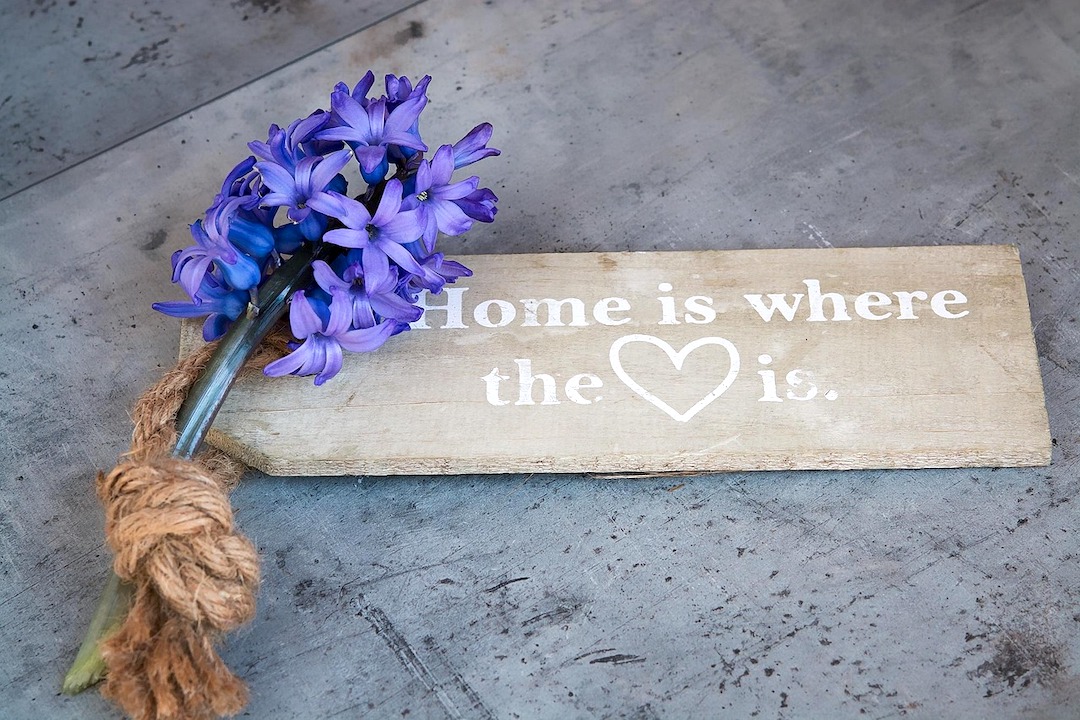
Judd Matsunaga
According to AARP, almost 90 percent of people over age 65 want to “age in place.” But the feasibility of aging in place begins with your physical health. If you plan to age in place, you’ll have to consider whether your home can safely accommodate you in the years to come. If your health and mobility are in good condition, you’ll face far fewer obstacles to remaining in place compared to someone who requires frequent medical attention and home assistance.
However, conditions like arthritis, dementia or a stroke can throw off your balance and judgment to the point that everyday tasks, such cooking or getting dressed, become difficult. Occasionally, a simple trip to the bathroom is fraught with danger. If your home becomes hard for you to navigate safely, you need to ensure that your home is free of hazards and has special accommodations that can help keep you safe (source: Special Health Report, Harvard Medical School, Aging in Place).
At the Front Entrance:
The front of your home should be easy for you to access — no matter what your mobility limitations are. If you have steps leading up to your front door, think about how reasonable — and affordable — it would be for you to replace them with a ramp. Check to see that your front entrance meets all of the following criteria:
- There are few to no steps leading up to the entrance of your home. If you do have steps at your home’s entrance, they should be in good shape, with no crumbling bricks or sagging wood.
- There should be a sturdy handrail on one or (preferably) both sides of the stairs and no potted plants or other obstacles in the way of the front door.
- Your front doorway is at least 36 inches wide to accommodate a wheelchair or walker. Adding offset hinges is a low-cost way to widen a narrow doorway.
- The threshold to your house is less than 1/2-inch high.
On the Stairs:
Climbing up and down the stairs can be difficult enough, especially if you have arthritis or other mobility issues. When stairs are dimly lit and poorly maintained, they become a serious fall hazard. Check to see that your stairs meet all of the following criteria:
- The stairs are well lit from top to bottom. For nighttime trips up or down the stairs, consider installing lights that illuminate each time you take a step — or at least put a light switch at both the top and bottom of the stairs.
- Sturdy handrails are on both sides of the stairway, and they extend all the way to the top and bottom steps. There is enough room between the handrails and the wall that you can easily get your hand around them.
- Carpet is tacked down completely. If the stairs aren’t carpeted, there are nonskid strips on the edges. If you can no longer negotiate the stairs consider installing a stair lift.
In the Hallway:
A narrow hallway might not be a problem for walking, but it can become inaccessible to a wheelchair or walker. Doorways also need to be wide enough to accommodate any mobility device you might need in the future. Check to see that your hallways meet all of the following criteria:
- Doorways are at least 36 inches wide to fit a wheelchair or walker.
- The doorway thresholds are less than 1/2-inch high.
- Rugs are tacked down, have a nonskid backing and aren’t frayed or worn.
- Doorknobs are easy to turn. If not, replace them with lever handles.
In the Bathroom:
Bathrooms can quickly become inaccessible when mobility is limited or a wheelchair comes into play. Step-in showers and high tubs are trip-and-fall hazards. And low toilets can become too painful to use when arthritis grips hip and ankle joints. Check to see that your bathroom meets all of the following criteria:
- There is a clear space around your bathtub, shower and sink in case you need to get around with a wheelchair or walker.
- You have a night light.
- Your sink is low enough that you can sit to get washed up and has enough knee clearance to accommodate a wheelchair.
- Your toilet is high enough that you can sit down easily and reach the toilet paper. If not, add a seat extender.
- There are grab bars next to your toilet, shower and/or bathtub.
- Your shower has a low entrance, or you have a curb-less shower and/or bathtub.
- Your shower has a permanent or fold-down shower seat and a handheld showerhead so you can bathe sitting down.
In the Kitchen:
The kitchen may be the hub of your entire home. It’s where everyone comes together to eat and socialize. If you cook, you may spend a significant time here preparing meals. Check to see that your kitchen meets all of the following criteria:
- The lighting is bright enough so that you can read labels and recipes and see what you’re cutting.
- Stove and oven controls are clearly marked and easy to turn.
- Cabinets are easy to reach or feature pull-down shelves.
- The sink and counter are low enough to accommodate a stool or wheelchair.
- The oven is high enough that you don’t need to bend over to move food in and out.
- Faucets have levers, rather than harder-to-turn knobs.
- Doors and drawers have easy-to-open D-shaped handles.
- Any islands are on wheels, so you can push them out of the way to have a wider path through the kitchen.
In the Bedroom:
The location of your bedroom is important. Right now, a second-floor bedroom might not be a problem, but if your ability to climb stairs is ever compromised, can you easily relocate your bedroom to the first floor? In your bedroom, you need plenty of space to navigate and easy access to your clothing. Check to see that your bedroom meets all of the following criteria:
- You can set your feet flat on the floor when you sit on the edge of your bed. There shouldn’t be more than 18 inches from the floor to the top of the mattress.
- Your mattress is firm enough that you don’t sink back into it when you try to stand up.
- You have a clear pathway through your bedroom and to your bathroom.
- You can easily reach your clothing in the closet. If not, consider installing lower rods and shelves or use grasping tools to reach items on high shelves.
In conclusion, don’t underestimate the importance of good lighting. No matter how clear your vision was years ago, time inevitably takes its toll on visual clarity and focusing power. In your 60s and beyond, conditions such as, dry eye, diabetic retinopathy, glaucoma and age-related macular degeneration can gradually blur and obstruct your vision. By age 60, you’ll need about three to four times more light to see than you did in your 30s.

(Photo: Petra_Pixaby)
Make sure you have adequate lighting in every part of your home — especially in areas where dim lighting might trip you up. Older eyes also have more difficulty discerning objects with low contrast. Design your house with high-contrast colors, if possible. Lastly, be sure to visit your ophthalmologist for regular eye exams and keep your eyeglass or contact lens prescription up to date.
Judd Matsunaga is the founding attorney of Elder Law Services of California, a law firm that specializes in Medi-Cal Planning, Estate Planning and Probate. He can be contacted at (310) 348-2995 or. The opinions expressed in this article are the author’s own and do not necessarily reflect the view of the Pacific Citizen or constitute legal or tax advice and should not be treated as such.



